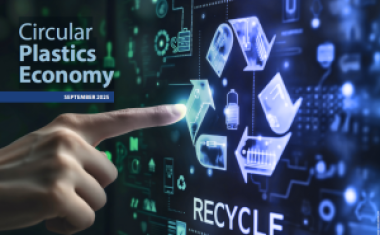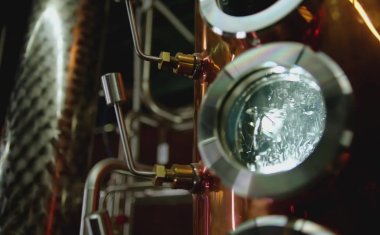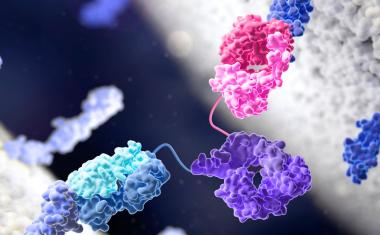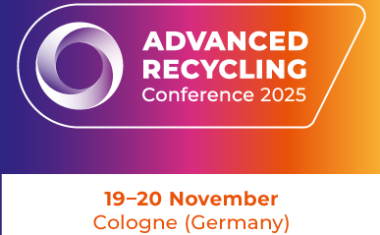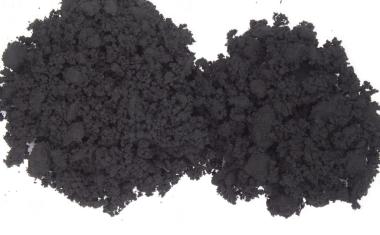Evonik Inaugurates Antwerp Methionine Plant
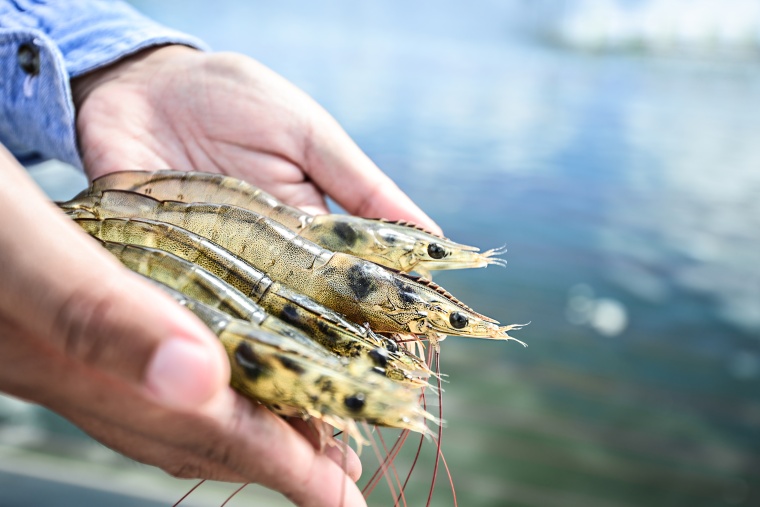
Germany’s Evonik has inaugurated its new plant in Antwerp, Belgium, that produces a new source of methionine specifically designed for shrimps and other crustaceans. According to the Essen-based company, it is the world’s first plant to produce this essential amino acid which is used as an additive to make shrimp farming more efficient and sustainable.
Since shrimp farming is concentrated in warmer seas close to the equator, the main markets for the product – Aquavi Met-Met – are located in Asia as well as in South and Central America. Evonik is already starting to supply customers in these regions as the Antwerp plant ramps up production. Aquavi Met-Met is produced in conjunction with an existing methionine plant at Antwerp in a fully back-integrated process. The new facility’s modular design allows for an increase in production to meet rising customer demand.
A dipeptide made up of two DL-methionine molecules, Aquavi Met-Met achieves the same weight increase in shrimp and crustaceans as conventional methionine sources, but uses only half the active substance, Evonik said. It is also considerably less water-soluble than other methionine sources, meaning it does not leach out of feed as quickly which relieves the burden on the water. Investment costs in the new plant were not revealed.

